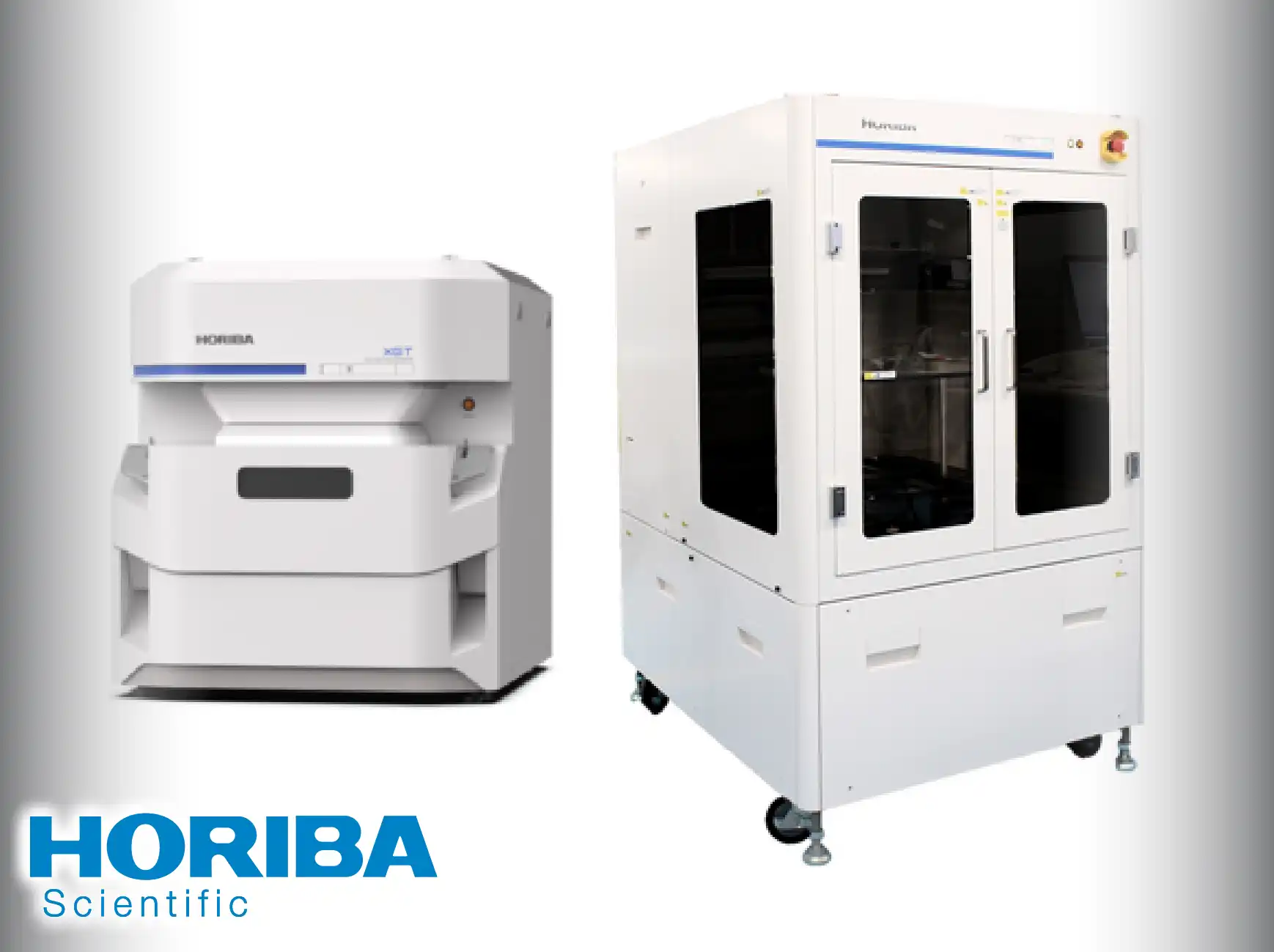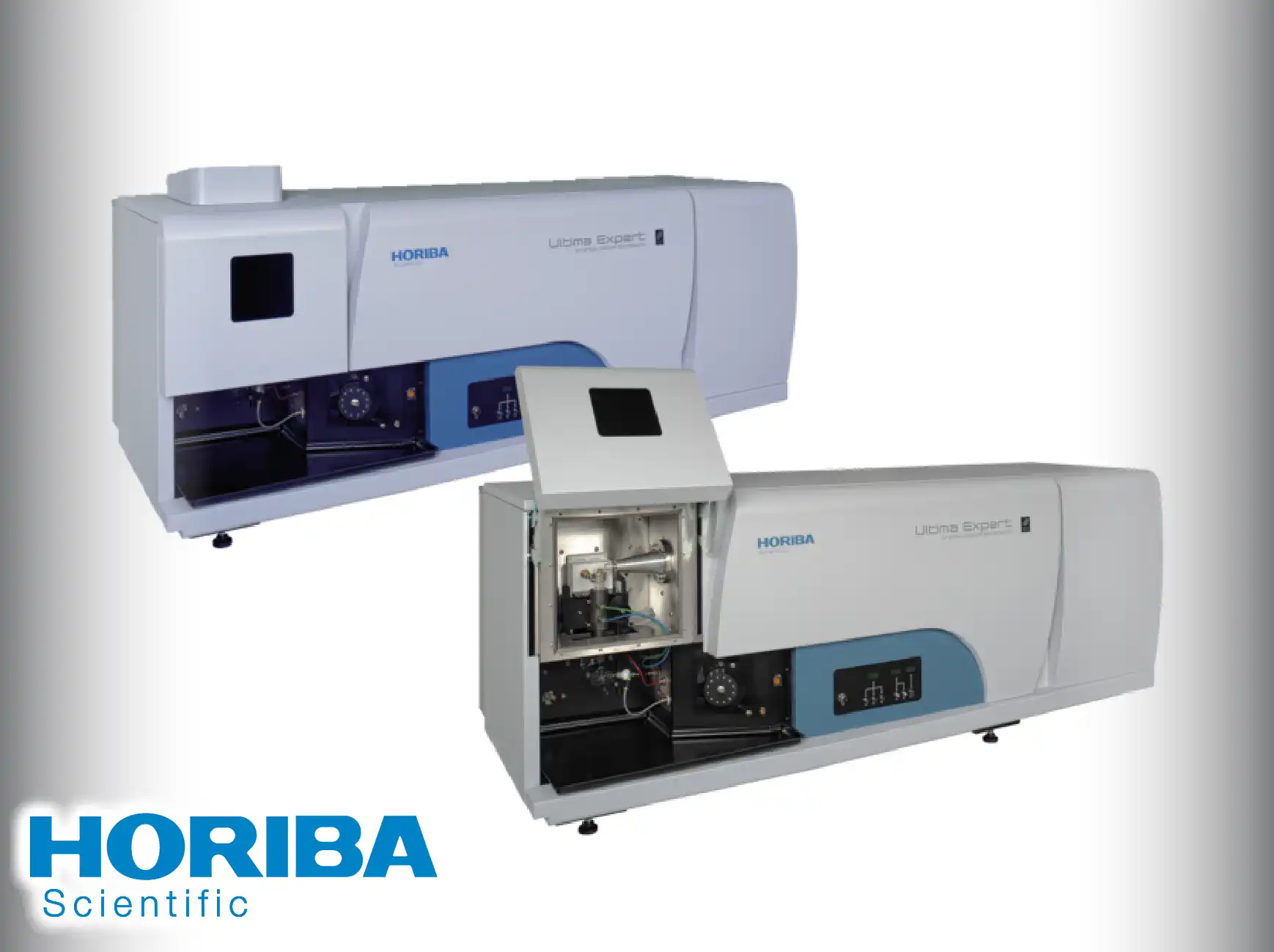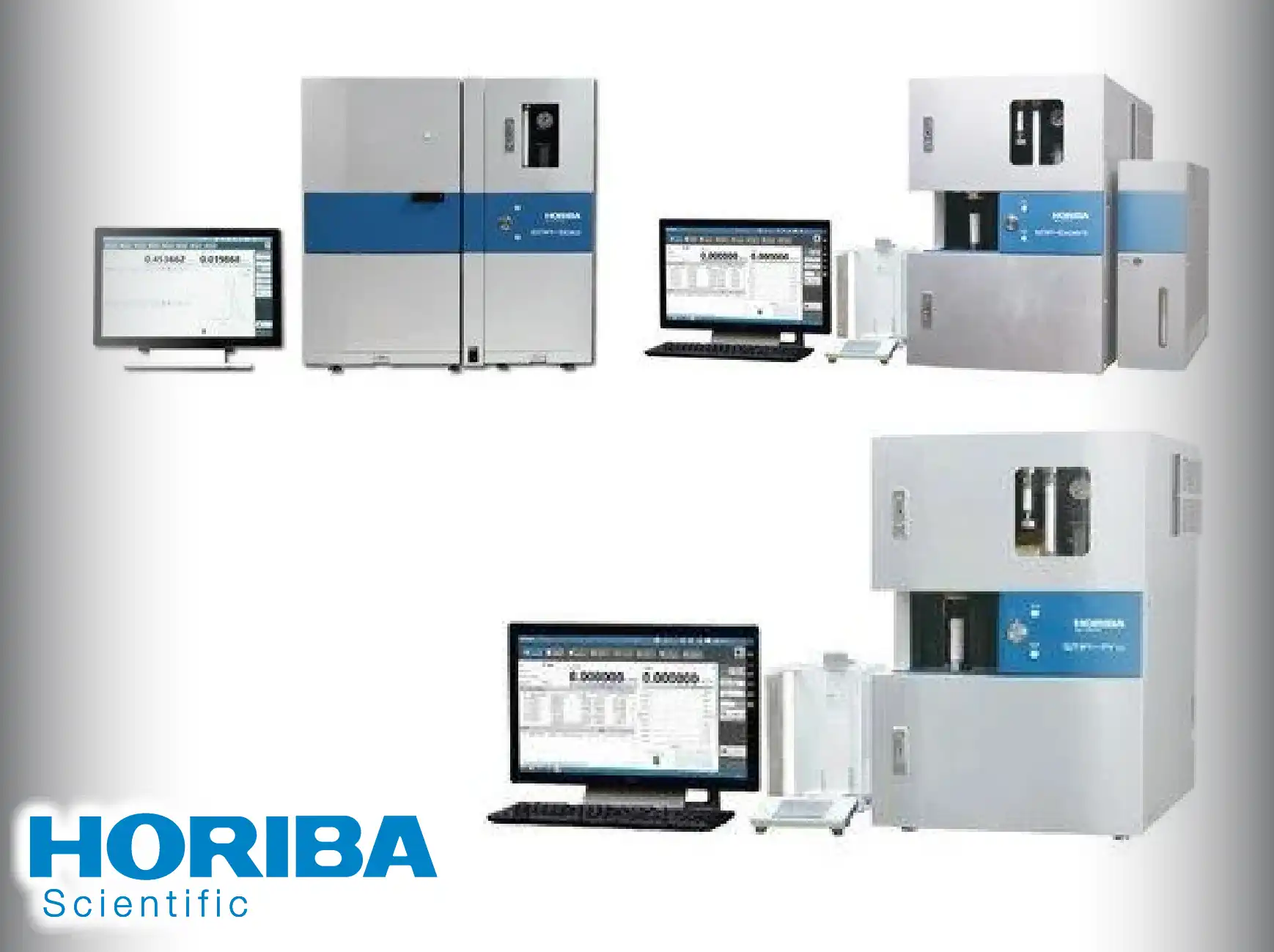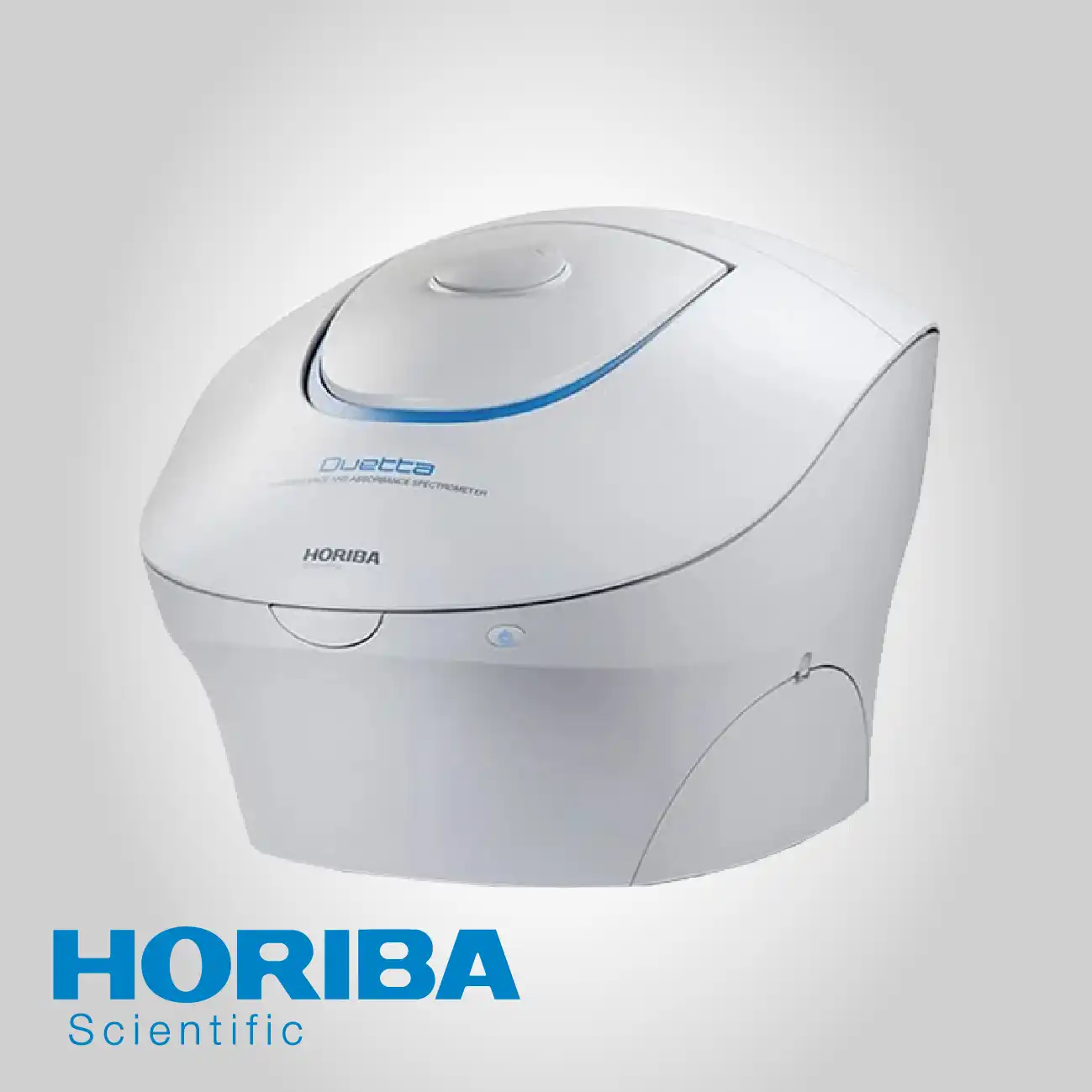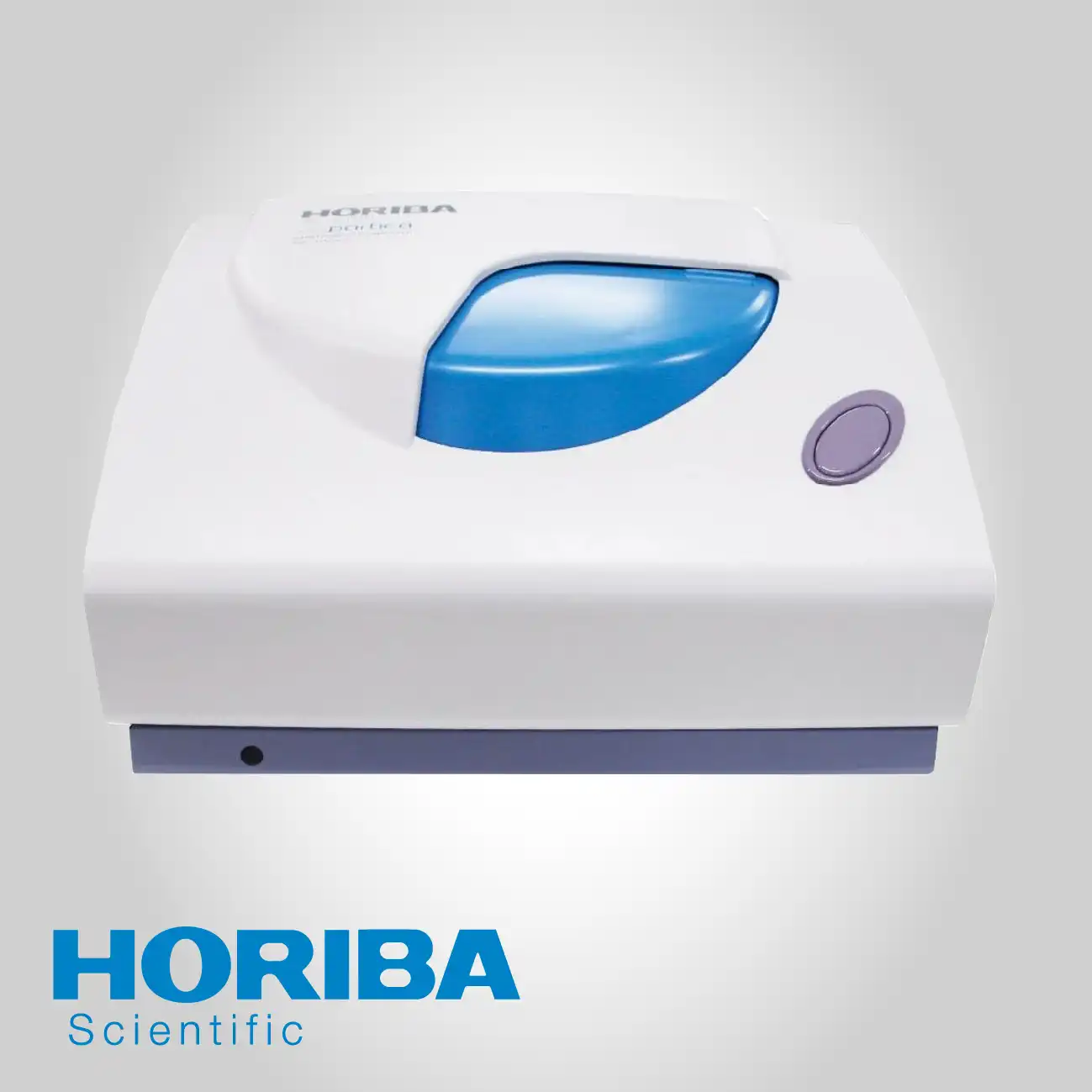
Elemental Spectroscopy and Gas Fusion Analysis
Advanced Materials Characterization
Horiba Elemental Analysis Solutions
The comprehensive portfolio of elemental analysis technologies offers solutions for material characterization across various phases, from solids and thin films to liquids and digests. These high-performance scientific instruments utilize diverse physical phenomena, including plasma excitation, induced combustion, and X-ray interaction, to provide both qualitative identification and quantitative measurement of elements ranging from light gases to heavy metals. The focus is on delivering analytical precision, high throughput, and the ability to manage complex sample matrices inherent in industrial, environmental, and research applications.
Glow Discharge Optical Emission Spectroscopy (GDOES)
Glow Discharge Optical Emission Spectroscopy is a premier analytical technique for the rapid determination of both the surface/depth profile and the bulk elemental composition of solid materials and multi-layered films. This method combines a controlled glow discharge (GD) plasma, which sputters the sample surface, with an optical emission spectrometer (OES) that observes the characteristic light emitted by the sputtered species. The technique is uniquely suited for addressing the complexity of coatings, diffusion studies, and assessing homogeneity, providing high sensitivity across virtually the entire elemental spectrum, including crucial light elements like Hydrogen, Carbon, and Oxygen.
By leveraging the advanced Pulsed RF GDOES technology, the range of applicable materials is significantly expanded beyond traditional conductive solids to include highly isolating and hybrid materials, such as ceramics, oxides, and polymers. The system generates quantitative depth profiles quickly, typically within minutes, offering exceptional depth resolution down to the nanometer level. This speed and versatility make GDOES an indispensable tool for quality assurance in high-tech manufacturing, where rapid assessment of thin film interfaces and coating performance is critical for product integrity and process control.
- The Pulsed RF source allows the profiling of all types of solid samples, from conductive metals to complex isolating layers, fundamentally resolving the challenge of analyzing non-metallic or hybrid coated materials.
- The technique delivers ultra-fast elemental depth profiling capability for thin and thick films, addressing the requirement for near-real-time quality evaluation of complex coating structures.
- GDOES provides high sensitivity for the measurement of all elements, including critical light gases such as Hydrogen, Nitrogen, and Oxygen, which are notoriously difficult to quantify in solid matrices using alternative methods.
- The analytical speed, with typical analyses completing in minutes, allows performance of multiple measurements on different locations of a sample to quickly assess and confirm process repeatability and material homogeneity.
- Obtaining accurate quantitative depth profiles is simplified through the technology’s ability to use a single calibration for multi-layered materials containing both conductive and isolating components.
- Advanced software and technology, such as patented Ultra Fast Sputtering (UFS), ensures the controlled erosion and effective sputtering of even soft, fragile samples like polymeric materials.
- The technique can resolve critical questions related to contamination at interfaces or diffusion between layers, providing definitive evidence of material quality as a function of penetration depth.
- Implementation of differential interferometric profiling provides an in-situ measurement capability, delivering precise depth information during the profiling process itself, assuring the accuracy of the depth scale.
Inductively Coupled Plasma - Optical Emission Spectroscopy (ICP-OES)
Inductively Coupled Plasma - Optical Emission Spectroscopy is a workhorse technique for the quantitative elemental analysis of liquid samples, capable of measuring over 70 elements of the periodic table simultaneously. The method utilizes a high-frequency electrical field to sustain an argon plasma, which reaches extremely high temperatures to atomize and excite elements within the introduced sample aerosol. The resulting light emission at characteristic wavelengths is then measured, offering superior sensitivity and multi-element capabilities essential for high-throughput Quality Control and demanding environmental monitoring.
Instrumentation is optimized with features like the one-meter focal length optical system and high-density gratings, which are designed to achieve excellent spectral resolution, even when analyzing complex matrices with numerous interfering spectral lines. The challenge of a limited measurement range is overcome by sophisticated detection systems, such as the HDD® device, which extend the dynamic linear range significantly, simplifying calibration procedures and reducing the necessity for time-consuming sample dilution or concentration steps. Furthermore, specialized accessories are available to extend the application range to certain solid samples or to enhance the detection limits for regulatory trace elements.
- Sophisticated detection systems enable a vast dynamic linear range, spanning up to ten decades, which fundamentally reduces the requirement for extensive sample dilution and subsequent reruns.
- The instrumental design incorporates high-resolution optics, including a one-meter focal length, specifically to separate close-lying spectral lines and maintain performance in complex matrices where interferences are common.
- Optimization of gas flow and the use of auxiliary gas in the torch assembly effectively reduces matrix effects and prevents damage from high salt or organic content, ensuring stability and extending component lifespan in challenging analysis.
- The ability to handle high concentrations of salts, known as High Total Dissolved Solids tolerance, is maintained, allowing reliable analysis of inherently difficult samples like seawater and concentrated geological digests.
- For elements regulated at ultra-low levels, the application of accessories like the Concomitant Metals Analyzer (CMA) uses hydride generation to achieve the required enhanced sensitivity for elements such as Arsenic, Selenium, and Mercury.
- ICP-OES performs simultaneous, multi-element analysis, which significantly increases sample throughput and laboratory productivity compared to sequential single-element methods.
- The instrument's architecture is focused on minimizing non-productive periods, achieving quick analysis times and shorter warm-up cycles, thereby maximizing the time available for sample processing.
- While primarily liquid-based, the technique's versatility is expanded by coupling with solid sampling accessories like Spark Ablation (SPAB) or Electro Thermal Vaporization (ETV), enabling trace analysis in conductive and high-purity solid materials.
Carbon/Sulfur & Oxygen/Nitrogen/Hydrogen Analysis
This group of techniques is dedicated to the robust and accurate quantitative determination of critical light elements (C, S, O, N, H) within solid matrices, primarily metals, ceramics, and advanced materials. The analysis relies on combustion (for C/S) or inert gas fusion (for O/N/H) to rapidly extract the elements as simple gases (CO2, SO2, N2, H2O). The resulting gases are then measured using highly sensitive and selective detectors, predominantly Non-Dispersive Infrared (NDIR) sensors and Thermal Conductivity Detectors (TCD), ensuring precise control over elemental impurities that dictate material functionality and integrity.
The flexibility in furnace technology addresses varying material analysis needs: High-frequency induction furnaces achieve temperatures exceeding 2300°C for rapid, high-throughput analysis of total carbon and sulfur, while resistance furnaces offer precise temperature control (up to 1450°C) with programmable curves for complex materials and gradual gas extraction. This precision is essential for ensuring that minute quantities of impurities, such as oxygen in silicon wafers or nitrogen in 3D printed metals, are controlled to maintain material performance, security, and quality in high-stakes industrial applications.
- The use of both induction and resistance furnaces allows analysts to select the appropriate thermal method, choosing between the high-throughput capability (Induction, >2300°C) and the precise temperature control (Resistance, up to 1450°C) required for specialized or refractory samples.
- The Non-Dispersive Infrared (NDIR) system is engineered with dual detectors and optimized filters, enabling a wide analytical range to accurately measure both the high and low concentration levels of key gases like CO2 and SO2 in a single analysis.
- The instruments deliver exceptional trace analysis sensitivity, achieving minimum readings of 0.001 ppm for Oxygen, Nitrogen, and Hydrogen, which is fundamental for purity certification in precious metals and sensitive electronic components.
- The capacity to analyze gas content in advanced battery materials, such as oxygen deficiency in lithium manganate, provides direct quantitative data essential for optimizing material composition and improving cell performance.
- By managing the content of Oxygen and Nitrogen in 3D printing powders (e.g., Titanium), the technology prevents the formation of oxides and nitrides, effectively mitigating structural defects and ensuring the quality of additively manufactured parts.
- Software capability includes the display of the real-time extraction curve, which allows for immediate monitoring, troubleshooting, and advanced analysis of gas release kinetics to optimize complex methods.
- The robust design of the exclusive furnace facilitates efficient combustion even under high-pressure oxygen, ensuring the complete decomposition and reliable extraction of gases from high-melting point materials.
- The rigorous control over elemental impurities directly supports compliance with strict standards, for instance, ensuring gold purity must reach at least 99.999% for critical electronic device applications.
X-ray Fluorescence Spectroscopy (XRF)
X-ray Fluorescence (XRF) is a versatile and fast analytical technique for determining the elemental composition of solids, liquids, and powders. Its primary advantage is that it is typically non-destructive, making it ideal for the analysis of valuable, preserved, or finished goods. XRF works by exciting sample atoms with high-energy X-rays, causing them to emit characteristic fluorescent X-rays whose energy identifies the element and intensity determines its concentration. Energy Dispersive XRF (EDXRF) systems are favored for their ability to simultaneously capture a spectrum of all elements from Sodium (Na) to Uranium (U).
While highly efficient for rapid qualitative analysis, accurate quantitative analysis requires careful consideration of matrix effects, where elements interact with each other, potentially skewing observed intensities. Sophisticated quantification methods, such as the Fundamental Parameters Method (FPM), use theoretical algorithms to correct for these complex element-element interactions, minimizing measurement error. Furthermore, micro-XRF technology expands the technique's utility by providing spatial resolution, allowing for detailed imaging of elemental distribution across a sample surface, vital for failure analysis and material mapping.
- As a largely non-destructive technique, XRF preserves the integrity of valuable, archival, or finished components, making it the preferred method when sample preparation involving destruction is unacceptable.
- Energy Dispersive XRF (EDXRF) systems capture the full elemental spectrum simultaneously, ensuring multi-element analysis is executed with high speed and efficiency, eliminating the time-delay associated with sequential measurement systems.
- Quantification accuracy is rigorously maintained by utilizing the Fundamental Parameters Method (FPM), a comprehensive software algorithm designed to mathematically correct for complex matrix effects (element-element interactions) that otherwise corrupt concentration results.
- The technology is capable of providing rapid, simultaneous elemental analysis covering a broad scope, typically from Sodium (Na) through to Uranium (U), offering a near-complete elemental fingerprint in minutes.
- Micro-XRF extends the application by providing fluorescent X-ray imaging, which allows for the spatial mapping and distribution analysis of elements over sample areas ranging from micro-scale spots up to large components.
- XRF offers a wide detection range, where concentrations from 100% down to sub-ppm levels are generally detectable, provided the element's fluorescence yield is sufficient.
- Modern analysis software incorporates features to handle the spectral complexity of samples, automatically managing overlapping bands and accounting for artifact peaks like Compton and Rayleigh scatter to ensure correct peak assignment.
- Analysts must select excitation parameters carefully, as the penetration depth of X-rays into the sample varies from a few micrometers to several millimeters, requiring expert knowledge to ensure the generated spectrum is representative of the desired analysis depth.
Click here for more information about Horiba Solutions





